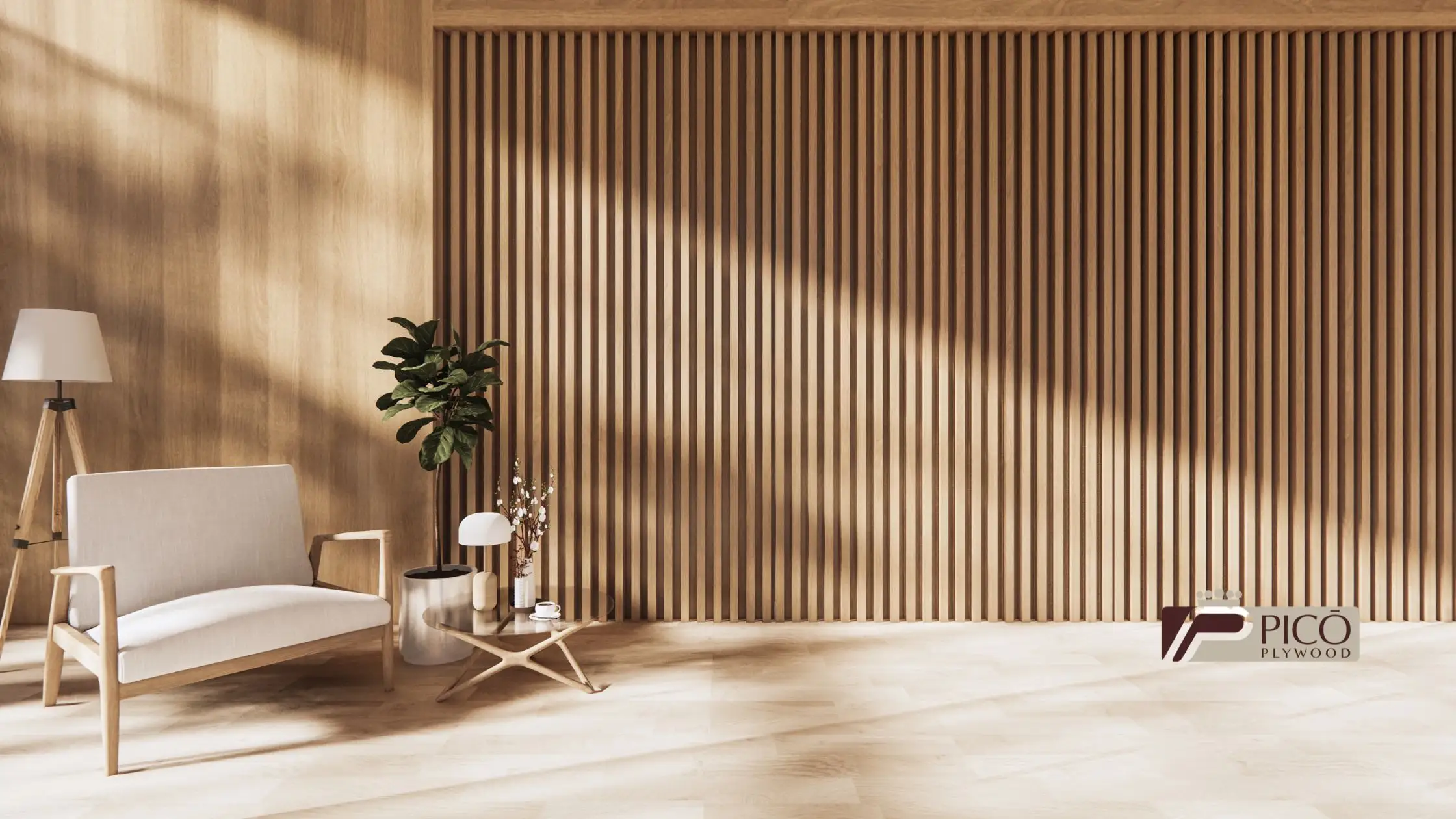Using wood we can get a healthier environment.
Physiological and psychological studies show that wooden interiors can reduce blood pressure, stress levels and heart rate.
The results indicate that an environment made of wood creates comfort and relaxation feelings.
The positive effects of spending time outdoors in contact with nature are known. In addition to the benefits mentioned above we can add the improvement of cognitive abilities and the level of self-esteem.
The use of wood in interior construction obviously does not equal the health benefits of spending time between trees but it is true that it provides an improvement of the aforementioned benefits superior to the use of other construction materials.
Studies have demonstrated that having a view of nature from a window can have possitive effects such improve comfort level in offices. It appears that views dominated by vegetation may give relief from stress (Ulrich and Parsons, 1992).
On the other hand in regard to indoor plants there are laboratory studies of physiology and documentation within the field of environmental psychology, that show there should not be any doubt regarding the ability of indoor plants to act as a tool in the effort to improve the indoor environment in such a way that it also may affect productivity, raise job satisfaction, improve concentration, or even sick-leave absence.
Good house plants to achieve these healthy objectives are Lavander, Aloe Vera, Sago Palm, Jasmine, Rosemary, English Ivy and Red Edged Dracaena among others.
We can conclude that the use of wood as a building material, indoor plants and windows with a view to nature is a winning combination to reduce stress and increase comfort level.












